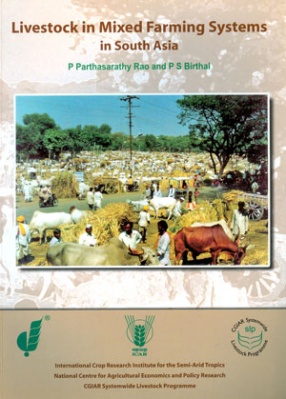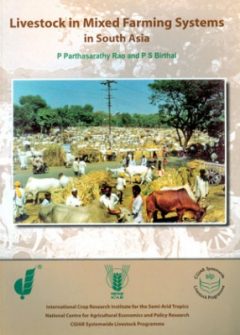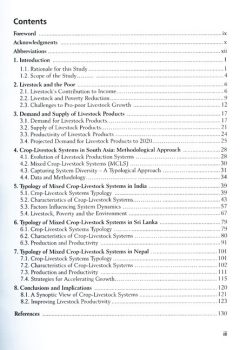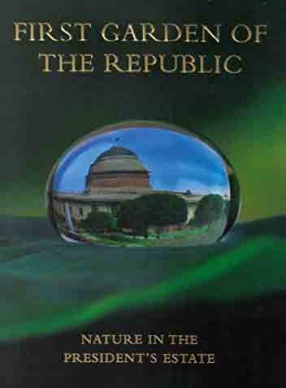Animal production in South Asia is predominantly part of mixed crop-livestock farming systems vital for the security and survival of large numbers of poor people. In such systems, livestock generate cash income, provide draught power and manure, utilize crop residues and by-products making them partially, closed systems, and thus the most benign from the environmental perspective. Mixed farming systems however, are extremely complex and heterogeneous in terms of crops grown, livestock species raised and in their responses to development initiatives. Further, recent decades have seen significant changes in mixed systems in terms of livestock demography, increased commercialization (degree of integaration with markets), etc. Factors contributing to this change include growing human population, mechanization of cultivation and rural transportation, use of inorganic fertilizers and government programs to promote animal production.
To better understand the nature of small scale mixed farming systems in South Asia, the recognition of the strong nexus between crop and animal production, the striking variation in systems and the need for differential intervention, a Crop-Livestock Systems typology has been constructed that delineates the regions of each country into homogenous crop-livestock zones / systems with similar response to technology uptake and development initiatives. Thus, the typology would enable better targeting of technical and socio-economic interventions aimed at improving animal productivity and protecting the natural resource base on the farms in South Asia.







There are no reviews yet.